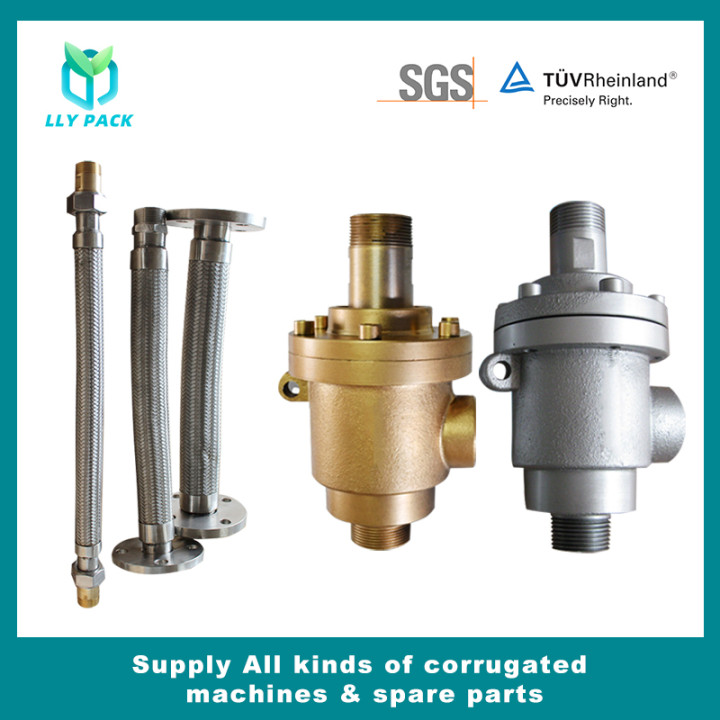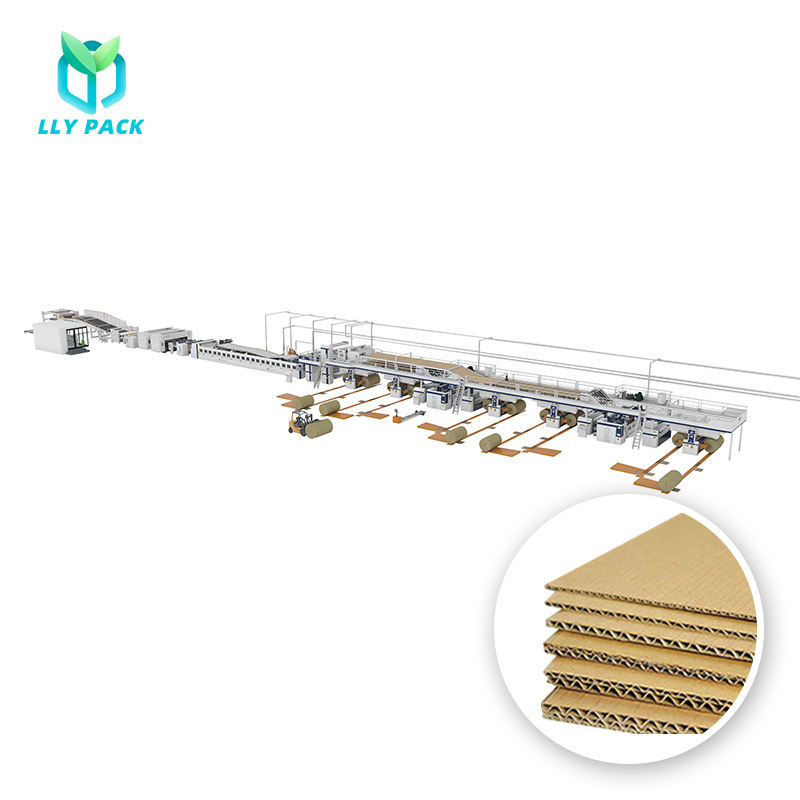EnglishEspañolPortuguêsDeutschहिंदी日本語ខ្មែរNederlandsالعربية한국어मराठीMalagasyItalianoPolskiSvenskaελληνικάPусскийภาษาไทยTürkShqipMagyarViệtSamoaМонголMaltiIndonesia FrançaisMelayuҚазақшаYorùbáবাঙালিעִברִיתGàidhligSomaliEesti keelKreyòl Ayisyennorskčeštinaفارسیతెలుగుမြန်မာBosanskiMaoriქართულიRomânăбеларускіУкраїнськаతమిళGaeilgeSuomalainenپښتوລາວհայերենSlovenščinaFilipinoO'zbekÍslenskaייִדישLatviešuGalegoFryskनेपालीKurdîCatalàбългарскиHawaiianHrvatskiਪੰਜਾਬੀWong JawaKiswahililëtzebuergeschisiXhosaEuskalSundaZuluગુજરાતીТоҷикӣ
- Huis
- Over ons
-
Product List
- Golflijn
- Gegolfde machine >
-
Golde machine -reserveonderdelen >
- Roterend gewricht
- Kam voor Slitter Scorer
- Remblokken
- Diafragmpomp voor lijm
- Afvalpapierstripper
- Uitbreiding
- Flexibele metalen slang
- Slijpschijf
- Tape voor splicer
- Gegolfde roller
- Slijpmes
- Overheadbrug tractieriem
- Zonnescherm
- Transportband
- NC snijmes
- Stoomval
- Pneumatische cilinders
- Pneumatische rem
- Luchtboelveer
- Waterring vacuümpomp
- Golfmachines smeermiddel
- Rubberen spacer
- Titanium-vergulde spacer
- Flexo printer slotter
- Flexo -printermachine >
-
Printer -reserveonderdelen >
- koperen plaat
- Afdrukplaatrek
- ARO-pomp
- Stalen en koperen borstel
- Inktfilter
- Dokterbladen
- ANVIL COVER
- Slotting mes
- Vezelband
- Hangend frame
- Huisdier pre-strip met film
- R en bak printing kussen
- Voedingswiel
- Eénrichtingskleurig
- Rotary Die Board
- Enkele diafragmapomp
- Inktkanaal eindblok
- Rubberen diafragma
- Duckbill -klep
- Magnetische koppelingsrem
- Hangende groove strip
- Verpakkingsmachine >
- Kartonmachine >
- Kartonnen machineonderdelen >
- Dubbele faceriemen
- Stiksels lijmensysteem >
- Kartonnen snijmes >
- Wolfraamstalen mes >
- Slijpschijf
- Afvalstripper
- Verpakkingsmachine mes >
- Pre-press apparatuur >
-
Industrieel snijmes >
- Tegel Circular Saw Blade
- Metaal snijden zaagblad
- Houtsnijzaagblad
- Voedsel snijden zaagmes
- Vezelsnijmes
- Chipperblad
- Buigvorm
- Blade voor groentesnijdende machine
- Stalen dun mes
- Tsukatani Die snijdende mes
- Printer Die Cut Blade
- Masker machineblader
- Slitter Rewinder Blade
- TMR -mes
- Tabakscirculaire mes
- Roll Shear Blade
- Gekarteld mes voor verpakkingsmachine
- Papier snijdende band mes
- Dokter mes
- Ronde mes
- Three Holes Blade
- Keramisch mes
- Bandmesmes voor stof
- Bandmesmes voor sponsschuim
- Bandmesmes voor splijten machine
- Bandmesmes voor papier
- Meshouder
- Industrieel snijmes
- Freeskutter
- Hoekmolen
- Shredderblad
- V Grooving mes
- Elektrische schaar
- CNC Machine Blade & Tools
- Voedselverwerking mes
- Nieuws
- video
- Contactgegevens
- Klik Hier om onderzoek te sturen










